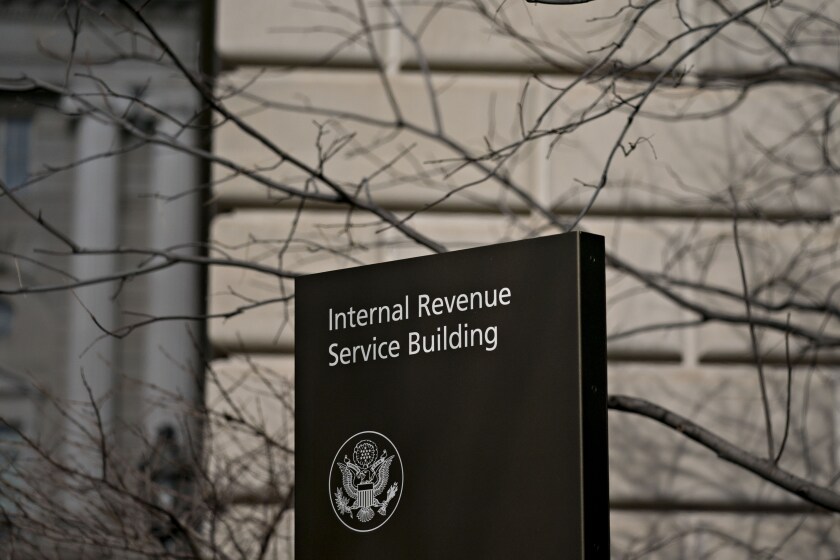Coronavirus has been a boon to contactless card usage and awareness — tens of millions of consumers across Europe, Asia and Canada prefer tapping over swiping a card to minimize viral exposure, according to new data.
But U.S. card issuers aren’t getting the full benefit of the contactless phenomenon because of their slower contactless card rollout strategies.
Most large U.S. card issuers only began contactless card rollouts last year by replacing EMV contact-only cards one by one as they expired, or issuing them when customers open a new account. Many small issuers still haven’t begun their contactless migrations because they’re still burning through older EMV card stock.
The main reason for slow contactless rollout plans was the U.S.’s delayed migration to the EMV card standard in 2015, which was years behind other global markets.

Despite the slow pace, the U.S. has 175 million contactless cards in circulation, according to Visa’s latest data. But because of the size of the U.S. card market and the fact that most households have several payment cards, only about 40% of all cards are contactless-enabled, observers estimate.
A number of issuers that lagged in issuing contactless cards are now showing interest in making the transition, Visa’s CEO Alfred Kelly told investors on April 30.
Employee Benefit News' March/April issue explores how workplaces are navigating pandemic challenges and making plans to return to the office.
The Internal Revenue Service released information on how employees now have until the end of the year to repay any payroll taxes they deferred from last year.
CPA firms will be in a great position to help their small business clients with the latest round of the Paycheck Protection Program, according to Barry Melancon.
Still, because of the long lead times needed for mass card production, issuers that already committed to contactless cards aren’t speeding up the pace of rollouts in response to the coronavirus, most card issuers confirmed. Many are scrambling to keep up with contactless-on-demand requests from individual consumers.
Certain large issuers are well ahead of others in the U.S. race to contactless card ubiquity.
Citi got an early start over rivals. Almost four years ago, Citi committed to contactless by launching its new cobranded Costco Anywhere Visa card in a contactless format to about 7 million customers. But relatively few merchants—including Costco— supported NFC payments at the time, and U.S. consumer awareness of contactless card technology was so low at the time of the launch in June 2016 that the press release didn’t even mention the capability.
JPMorgan Chase probably leads all other major issuers in the total number of contactless cards issued to date, accounting for about 34% of all contactless cards in the U.S., according to estimates based on available data.
The payment card giant announced broad contactless card migration plans in the fall of 2018, and Chase said this month it's issued about 60 million contactless cards, according to a spokesperson.
Bank of America has a dominant contactless card position only in certain U.S. regions. In the summer of 2019, BofA flooded three markets that already had a high density of NFC-enabled mass transit payment terminals — New York, Boston and San Francisco — with Visa-branded contactless cards.
Since then, BofA has expanded its contactless rollout to include customers in specific card programs, and this month the company began replacing other expired contact-only EMV cards with contactless versions, a spokesperson said.
American Express in July 2019 began issuing contactless cards for all new customers and upon request, and last year Amex also accelerated contactless card reissuance to consumers in New York City to capitalize on the local transit agency’s NFC migration.
Amex isn’t speeding up the pace of contactless card distribution, but it’s seeing higher usage.
“Contactless use was already growing in the U.S. and COVID-19 will definitely be an accelerator,” said JJ Kieley, vice president of the card network’s payments consulting group, in an emailed statement.
Navy Federal Credit Union had planned to begin rolling out contactless cards early this year, and the timing aligned with consumer demand from the pandemic.
The Vienna, Va.-based issuer began replacing contact EMV cards with contactless versions upon expiration in January, and this month Navy Federal will begin mailing out contactless debit cards for the first time when existing debit cards expire. Navy Federal is also extending the expiration date of contactless debit cards from three years to four years, a spokesperson said.
Navy Federal will be one of the few large issuers making instantly-issued contactless debit cards available to customers in its branches, as part of plans established earlier.
Wells Fargo in March 2019 began issuing contactless credit cards to new customers, and in July of last year contactless debit cards were issued to new customers and existing customers whose cards expired. Wells’ credit and debit cards are on a four-year expiration cycle.
Coincidentally, Wells Fargo had planned to extend contactless technology to its business debit and prepaid card customers, expanding to all types of debit cards in the next few months, a spokesperson said.
TD Bank used data to decide who to target first with contactless cards. Last year the bank began issuing NFC-enabled credit and debit cards to any consumer that had previously used a contactless card to pay for a mass transit ride. Otherwise, TD Bank is issuing contactless cards to consumers as existing EMV cards expire.





